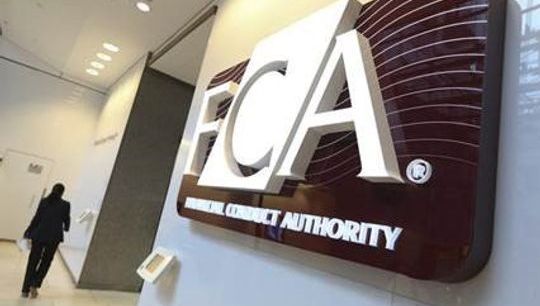ESMA publishes new Q&A guidance on best execution under MiFID2
Published: 10 April 2017

On 4 April 2017, ESMA published updated Q&A on investor protection topics, including best execution. Of particular interest for members, ESMA has confirmed that, while the first RTS 28 reports have to be published by the end of the April, the Q&A acknowledges that firms ‘may not be able to fully report on information which is not available or applicable in relation to the preceding year e.g. where it is tied to new provisions stemming from MiFID II or MiFIR.’ ESMA gave a few examples of where there might be gaps in the information: (i) absence of RTS 27 data to analyse; (ii) lack of data on identification of the subclasses of the classes of financial instruments based on liquidity, in accordance with the MiFID II tick size regime; and (iii) incomplete information on the exact proportion of passive and aggressive orders executed, since this may not have been collected.
ESMA has also confirmed that portfolio managers should report their top five brokers at the individual entity level, rather than aggregating/consolidating to the group level (as had previously been suggested by the FCA). However, ESMA has suggested that firms might consider providing additional information on other brokers used where the top five is dominated by entities from a single group, displacing other brokers used on a regular basis.
Lastly, ESMA has acknowledged that data in passive and aggressive orders will have varying relevance to the activities of portfolio managers. Specifically, the Q&A notes that the distinction is likely not relevant where orders are sent to a broker for execution and do not therefore need to disclosed. ESMA considers that, as an exception, the distinction may be relevant and therefore reportable where a portfolio manager attaches a specific instruction, which is understood to mean that the broker will execute the order in a way that is either passive or aggressive. And if a portfolio manager is executing directly on a venue, then the distinction ‘will be relevant and should be disclosed in the report, where applicable.’ If members have any questions, please contact Adam Jacobs-Dean, Oliver Robinson or Adele Rentsch.







